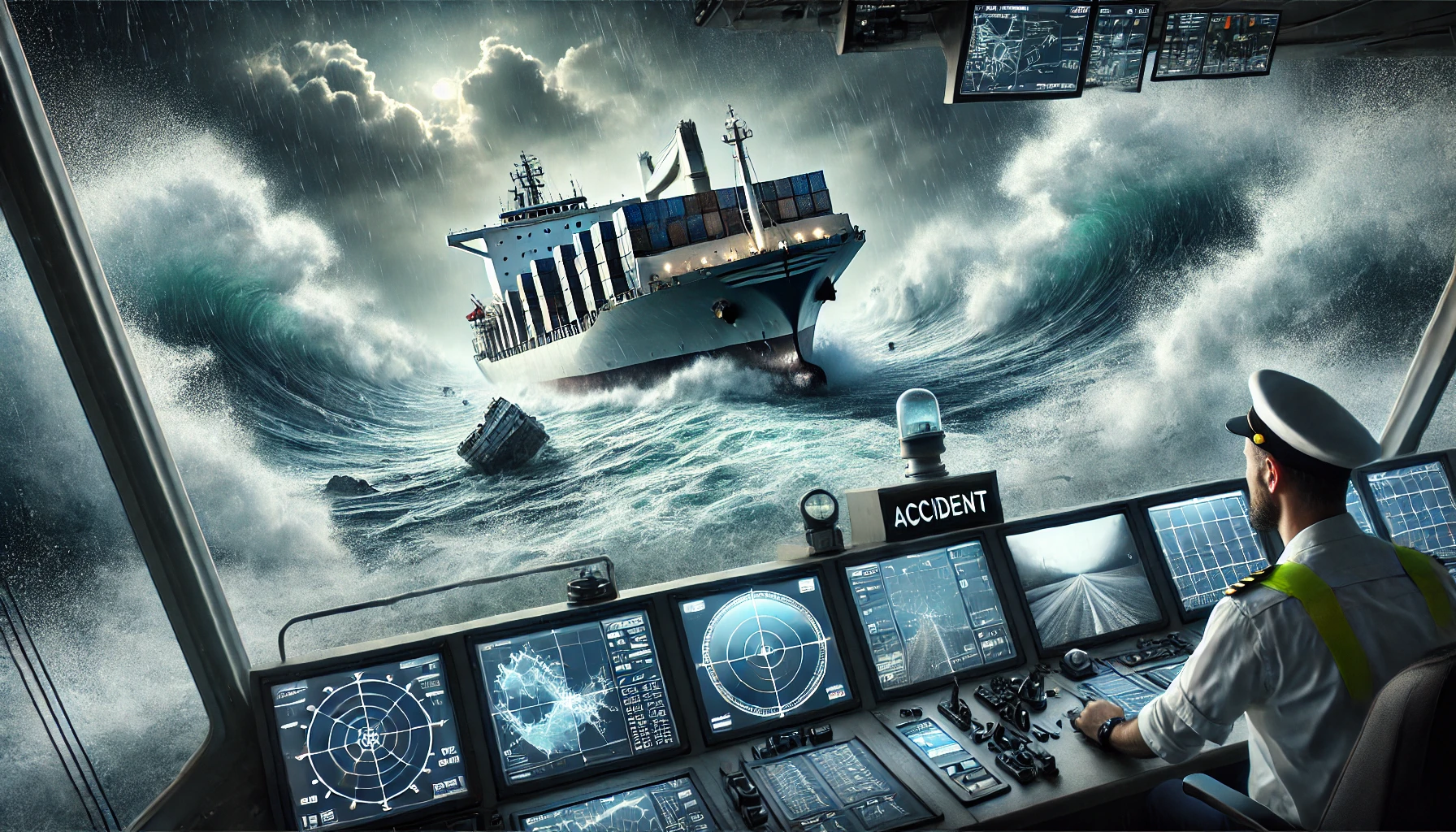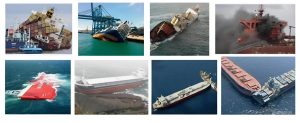Maritime transportation serves as the backbone of global trade, facilitating the movement of billions of tons of cargo across oceans and seas each year. This vital sector underpins economies worldwide, connecting markets and enabling the flow of goods that sustain industries and communities. Despite significant advancements in ship design, navigation technology, and safety protocols over recent decades, ship accidents remain a persistent concern. These incidents carry the potential for devastating environmental impacts, substantial economic losses, and tragic human casualties. The complexity of maritime operations means that accidents can arise from a multitude of factors, often intertwining human error, adverse environmental conditions, and mechanical failures. Therefore, understanding the root causes of ship accidents is crucial for developing effective mitigation strategies. Implementing these strategies is essential not only for enhancing maritime safety but also for ensuring the sustainability and reliability of global trade operations. As the maritime industry continues to grow and evolve, prioritizing safety measures will be key to safeguarding both human life and the environment while supporting the seamless movement of goods around the world.
Common Types of Ship Accidents
Ship accidents can occur due to a variety of factors, often involving complex interactions between human error, environmental conditions, and mechanical failures. The most common types include:
1. Collisions: Collisions occur when two vessels crash into each other or when a ship strikes a fixed structure such as a dock or an offshore platform. Examples include the 2017 collision between the USS Fitzgerald and a container ship off the coast of Japan, resulting in significant damage and loss of life.
2. Groundings: Groundings happen when a ship runs aground on shallow waters, sandbanks, or reefs. The infamous grounding of the Ever Given in the Suez Canal in 2021 disrupted global trade for several days, highlighting the far-reaching consequences of such incidents.
3. Fires and Explosions: Fires onboard ships can occur due to fuel leaks, electrical faults, or improper cargo storage. In 2018, a fire aboard the Maersk Honam caused extensive damage and led to the loss of several crew members.
4. Machinery Failures: Mechanical breakdowns, such as engine failures or steering malfunctions, can cause ships to become disabled and vulnerable to accidents. These failures are often linked to inadequate maintenance or defective components.
5. Man Overboard Incidents: Crew members falling overboard remain a persistent safety concern. Harsh weather, inadequate safety protocols, and a lack of proper training often contribute to these incidents.
6. Cargo Shifts and Container Loss: Improperly secured cargo can shift during rough seas, leading to capsizing or loss of containers overboard. The MSC Zoe incident in 2019 saw over 270 containers lost in the North Sea due to severe weather.
Root Causes of Ship Accidents
Several underlying factors contribute to ship accidents, with human error being the most significant. According to studies by the International Maritime Organization (IMO), human error accounts for approximately 75-90% of maritime accidents. Key causes include:
1. Human Error:
- Inadequate training and lack of experience
- Fatigue and long working hours
- Miscommunication among crew members
- Poor decision-making during emergencies
2. Environmental Factors:
- Adverse weather conditions such as storms, hurricanes, and fog
- Strong ocean currents and tidal variations
- Reduced visibility due to heavy rain or snowfall
3. Technical Failures:
- Malfunctioning navigation systems like radar and GPS
- Engine breakdowns or propulsion system failures
- Electrical system malfunctions
4. Navigational Errors:
- Poor route planning and chart inaccuracies
- Failure to follow established shipping lanes
- Inadequate use of navigation aids such as lighthouses and buoys
5. Regulatory Non-Compliance:
- Failure to comply with international maritime regulations such as COLREG, SOLAS (Safety of Life at Sea), MARPOL (Marine Pollution), and ISM Code (International Safety Management).
- Insufficient vessel inspections and certifications.
Mitigation Strategies for Preventing Ship Accidents
Case Studies: Learning from Past Accidents
1. Costa Concordia Disaster (2012): The grounding of the Costa Concordia cruise ship near Italy, resulting in 32 deaths, underscored the consequences of navigational errors and poor crisis management. The ship’s captain deviated from the planned route, causing the vessel to strike a submerged rock.
2. Exxon Valdez Oil Spill (1989): The grounding of the Exxon Valdez tanker in Alaska caused one of the worst environmental disasters in maritime history. The accident revealed shortcomings in crew training, environmental preparedness, and mechanical oversight.
3. MV Wakashio Grounding (2020): The bulk carrier MV Wakashio ran aground off Mauritius, causing a massive oil spill. Investigations highlighted navigation errors, fatigue among crew members, and poor safety oversight.
To conclude, preventing ship accidents requires a comprehensive approach that combines human competency, technological innovation, and regulatory compliance. By learning from past incidents and implementing advanced safety measures, the maritime industry can navigate its future with greater safety and reliability. A commitment to continuous improvement, collaboration among international maritime stakeholders, and investment in cutting-edge technologies remain key to minimizing the occurrence and impact of ship accidents.



You’re so awesome! I don’t believe I have read a single thing like that before. So great to find someone with some original thoughts on this topic. Really.. thank you for starting this up. This website is something that is needed on the internet, someone with a little originality!
THANK YOU
I loved as much as you will receive carried out
right here. The sketch is tasteful, your authored subject matter stylish.
nonetheless, you command get got an nervousness over that you
wish be delivering the following. unwell unquestionably
come more formerly again since exactly the
same nearly a lot often inside case you shield this increase.